Sidamo Coffee Variety description, Flavor description, Taste, Sidamo hand Grinding scale Water temperature recommendation
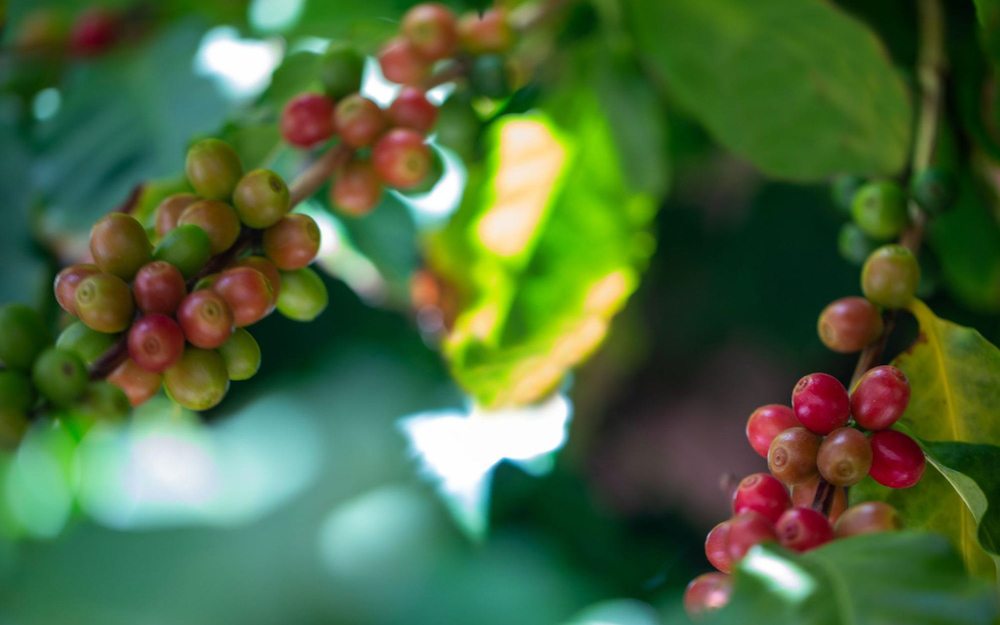
Friends who have known the Yega Chuefei producing area may already know that the Yega Xuefei is divided into an independent producing area from the Sidamo producing area because of its unique and fresh flavor. therefore, the flavor of Sidamo coffee and the flavor of Yejiaxuefei can be said to be two different kinds of flower and fruit mixed coffee. If a friend who comes to the Qianjie store for coffee asks for Essel's beans, but it is not clear which one to choose, the Qianjie barista will ask the guests whether they prefer fresh and bright lemon acidity or rich sweet and sour juice, that is, the flavor characteristics of Yega Xuefei and Sidamo coffee, which makes guests think of their favorite type more quickly.
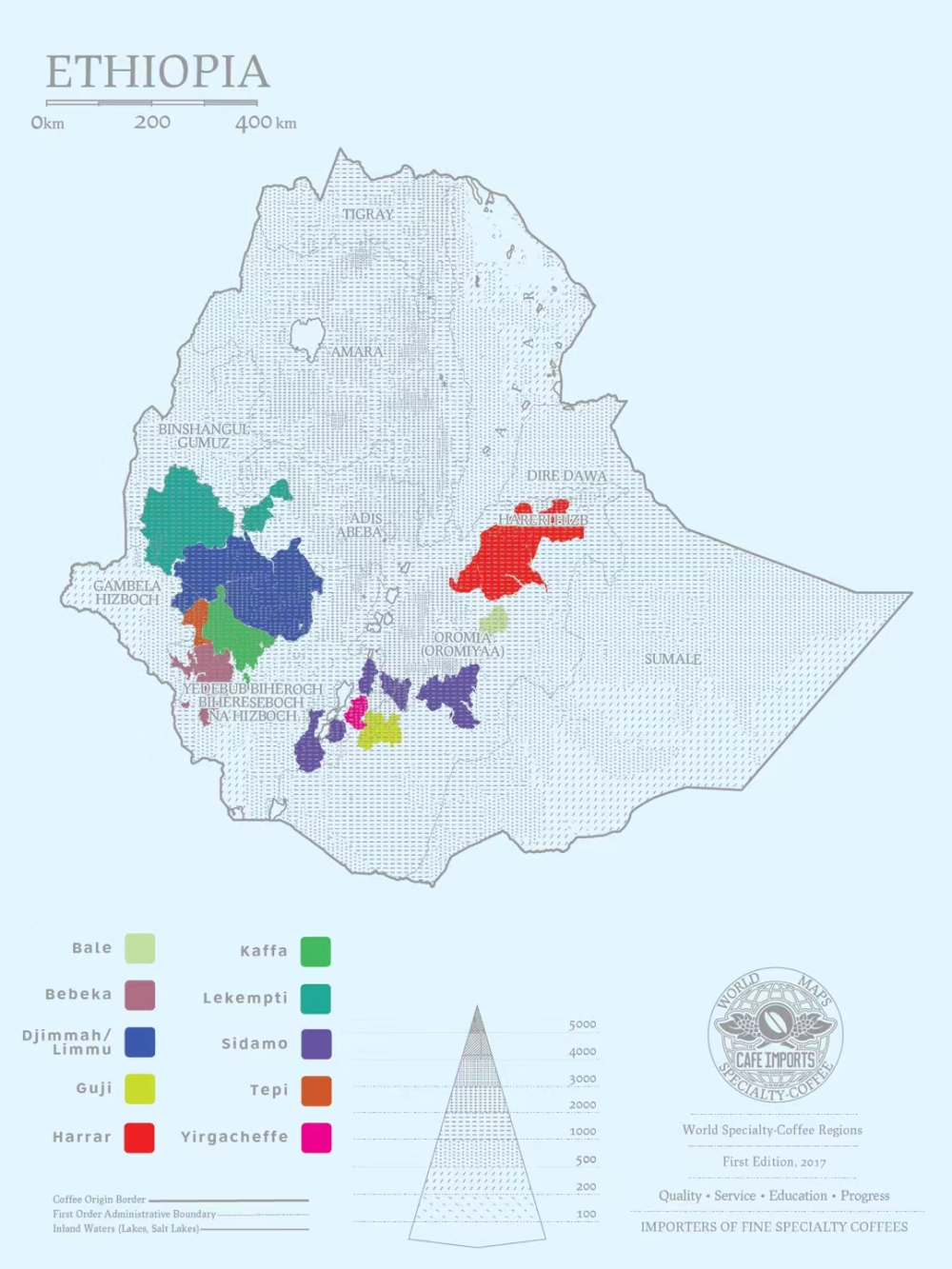
Sidamo producing area
Sidamo Sidamo, located in the south of Ethiopia, has become an independent region since 2009. Sidamo has its own national and traditional cultural characteristics. Coffee trees planted in Sidamo are distributed on both sides of the East African Rift Valley, with fertile soil on the highlands, with annual rainfall of up to 2000 mm, making it ideal for coffee cultivation.
Coffee beans at high altitudes mature longer, so the harvest season is later than in other parts of Ethiopia, which gives Sidamo coffee cherries a richer flavor. Among them, the most famous coffee growing areas in Sidamo are GUji and West Arsi.
Guji producing area
The GUji Guji region, once part of the Sidamo region, was established as a new production area by the Ethiopian Commodity Exchange (ECX) in 2010 because of the excellent flavor of coffee beans. Guji production area is located next to Yega Xuefei, where there are many different types of topography, fertile black soil, soil depth of up to two meters, so that plants can grasp deeper. In addition, the average altitude is more than 1800 meters, and the temperature difference between day and night is relatively large, which are reasonable conditions for Guji to grow high-quality coffee. Coffee is grown almost without the use of chemical fertilizers, and the fallen leaves or litter around the trees, plant roots and organic matter in the soil provide enough nutrients for coffee trees to flourish.
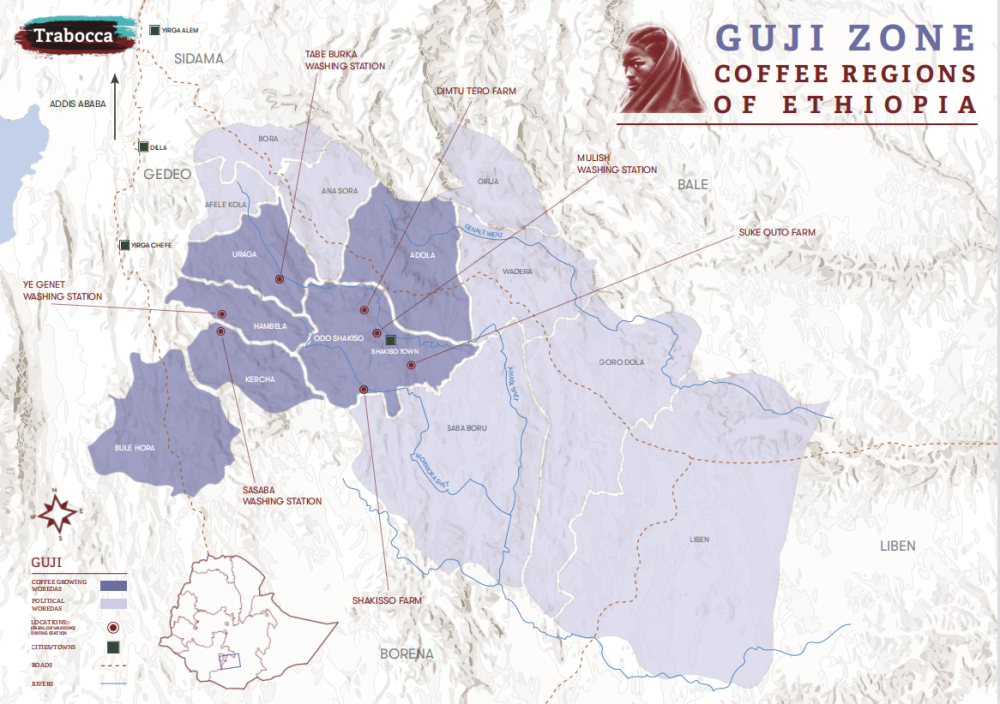
At present, we can often see Sidamo producing areas and Guji producing areas appear at the same time. This is mainly because in the administrative division of Ethiopia, the administrative regions are divided into four levels, the order from big to small is Region, Zone, woreda and kebele. Most of the names of raw coffee beans follow this rule. For example, Huakui is located in the southeast of Yejia Sheffield in the Sidamo producing area. In the division of the administrative region, it belongs to Oromia Region → Guji Zone, Guji, → Shakisso woreda, → Hambella Hambella.
Humbera Sakuran
Humbera is located at the junction of the West Damo and Guji producing areas, under the management of the Guji producing area, adjacent to the Cochelle Mountains in Yegashefi, with an elevation of 3200 meters above sea level, making it the highest sub-area in Ethiopia.
Sakuran Coffee began to appear in 2017 when DW selected it as the TOH (Ethiopia National Taste of Harvest competition) of the year and won the championship. Huakui is called Hambella in English, that is, the place name of Hambela. Huakui Coffee is a sun-dried coffee bean from the Buku Abel processing plant in Gucci. Buku Abel, the buku processing plant, will buy coffee cherries in different areas near the farm for processing and sale.
During the annual coffee harvest season (December-January), Buku processing plants organize farmers to pick all-red coffee cherries with a sugar content of more than 30 and put the selected coffee fruits on African scaffolding to dry. As the local temperature difference between day and night is very large, farmers will cover the sun at noon to avoid too high temperature and overferment, and at night they will be wrapped in plastic sheeting to prevent sudden showers. Turn continuously throughout the day, and make sure that the coffee fruit does not accumulate too thick, so that the fruit can be evenly dried while preventing sunburn or unpleasant fermentation flavor. After about 18 days of sun treatment, the shell of raw coffee beans can be removed by machine with a moisture content of only 13%.
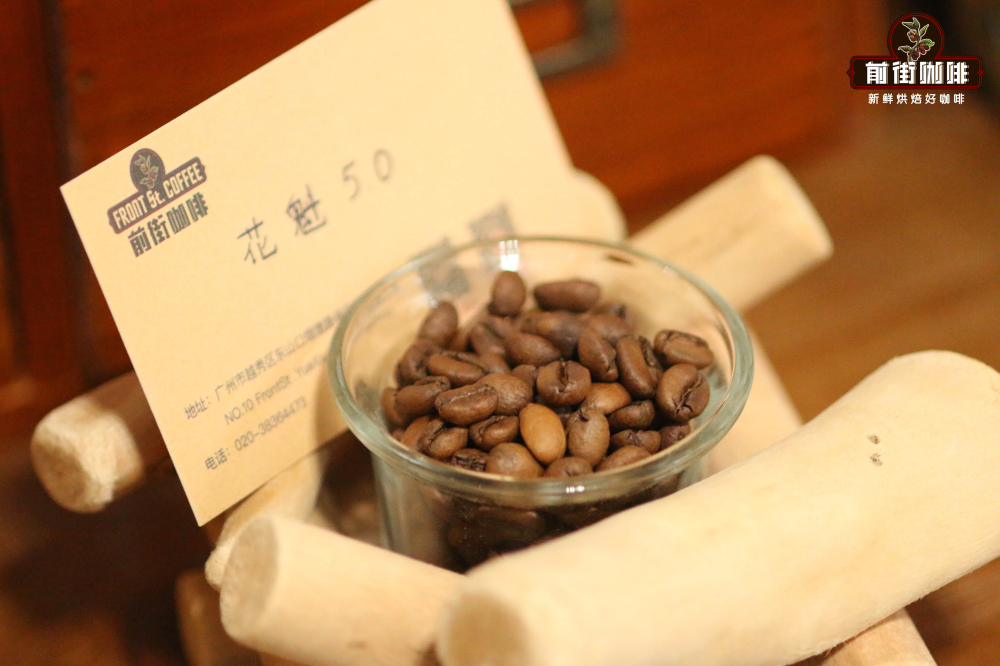
Qianjie Coffee Ethiopia Sakuran 5.0
Producing area: Guji producing area of Xidamo
Altitude: 2250-2350m
Variety: native species
Treatment method: sun treatment
Flavor: passion fruit, berry, strawberry
Native species
The variety of Huakui, like most varieties of Ethiopian coffee beans, belongs to the native species of Ethiopia and is also the original species of Heirloon. It can be seen that beans are not uniform in size and shape, because they may be mixed with many varieties, but they are not distinguished separately. This is because Ethiopia, the genetic treasure house of coffee beans, has so many varieties that it is difficult to classify them firmly, and the local government has chosen not to disclose the information of these varieties in order to protect them, so it is collectively called the original species.
Grinding suggestion
Friends who often make coffee by hand must know how important the degree of grinding is to coffee. The degree of grinding is mainly the size of coffee powder particles, and the contact area with water will vary according to the particle size. For example, the larger the particles, the more time it takes for the water to penetrate the coffee particles to the center to extract the substances in the coffee powder; the smaller the particles, the less time it takes for the water to reach the center of the extracted coffee powder. In other words, the thicker the coffee powder, the smaller the coffee concentration, and the finer the coffee powder, the higher the coffee concentration. However, it is not that the finer the grinding, the better. Too fine is prone to over-extraction, and the bitterness of coffee will become higher.
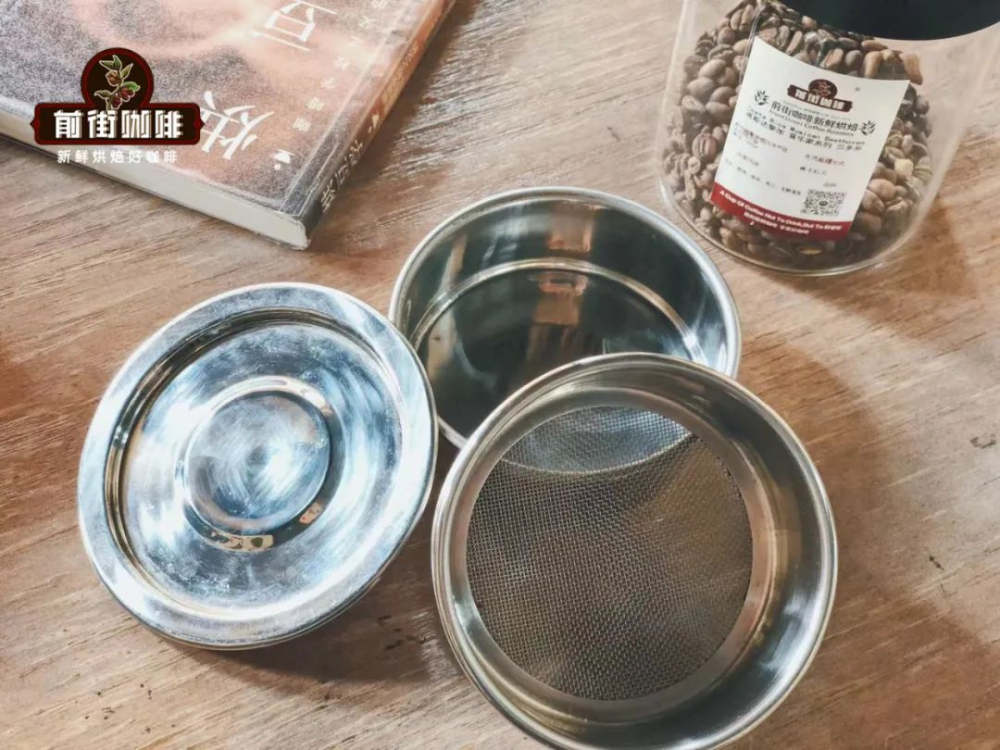
As for how to choose the grinding degree, Qianjie knows that because everyone has different grinding equipment, Qianjie coffee suggests to use China No. 20 standard drying screen, so that you can determine the scale size of your grinding equipment through sieving and filtering. it is also convenient to know the direction of adjustment when brewing in the future. Sidamo Sakuran, a medium-and light-roasted coffee, is recommended to be filtered with a standard sieve of 80%. The EK-43 bean grinder used in Qianjie stores has a grinding scale of 5, that is, the grinding thickness of fine sugar.
Of course, for those who do not have grinding equipment at home, Qianjie can provide coffee bean grinding service. The aroma of coffee beans after grinding will volatilize faster than whole beans, so those who receive coffee should remember to drink it as soon as possible.
Cooking suggestion
To taste the rich aroma of Huakui, Qianjie coffee is recommended to be brewed with freshly roasted coffee beans, so as to retain more of the aroma substances of the coffee. The coffee beans sold on Qianjie are freshly roasted within 5 days, and with the time required for logistics, guests can directly brew and enjoy the coffee just within the best taste period.
If you want to boil out the aroma of high-altitude coffee beans, Qianjie will choose a higher water temperature to release more aroma substances in the coffee, but you also need to be careful to avoid overextraction.
Filter cup: V60
Water temperature: 92-93 degrees Celsius
Grinding degree: the screening rate of No. 20 standard screen is 80%.
Ratio of powder to water: 1:15
Amount of powder: 15g
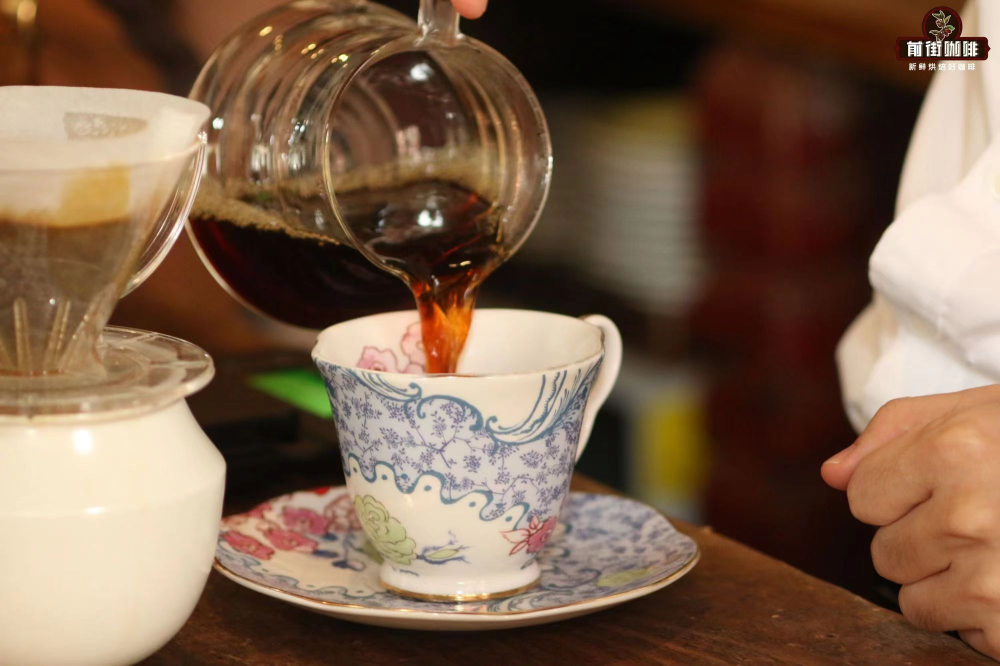
Sunny Huakui 5.0 after grinding, you can smell strong tropical fruit aromas, honey-like sweetness, the entrance is rich berry sweetness, passion fruit and other complex aromas, with black tea taste, lingering aftertaste.
Professional coffee knowledge exchange more coffee bean information please follow the coffee workshop (Wechat official account cafe_style)
For more boutique coffee beans, please add private Qianjie coffee on Wechat. WeChat account: qjcoffeex
Important Notice :
前街咖啡 FrontStreet Coffee has moved to new addredd:
FrontStreet Coffee Address: 315,Donghua East Road,GuangZhou
Tel:020 38364473
- Prev
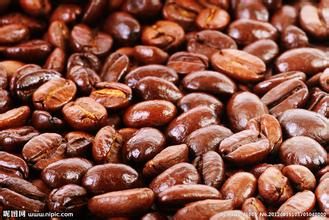
Yunnan coffee bean iron pickup characteristic flavor description taste treatment grinding scale
Yunnan coffee bean iron pickup characteristic flavor description taste treatment grinding scale Yunnan coffee is located in the famous tea area of Zhipu'er in China because of the geographical environment, the coffee garden is not far away from the tea garden, the coffee has a little tea flavor, but still retains the characteristics of Asian beans, chocolate flavor is obvious, taste rich and full, smooth, quite soft and moderate acidity, high sweetness. Although it is washed beans
- Next
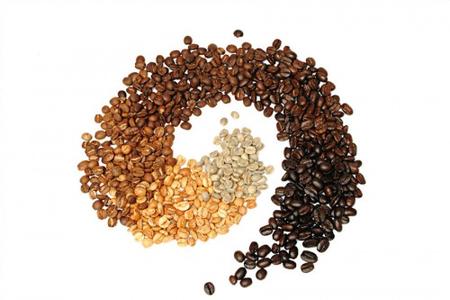
Grinding scale of Indonesian West Java Coffee Flavor description
Indonesian West Java Coffee Flavor description Grinding scale selection of Heirloom species in Sopiahala or Yemen and sumatra or typica species in Java Island. This deep-roasted mocha Java is dedicated to Italian coffee with strong flavor or accustomed to adding milk or syrup. Please note that this is a deep-baked M2, if you are not used to such a deep baking degree, it is recommended
Related
- Detailed explanation of Jadeite planting Land in Panamanian Jadeite Manor introduction to the grading system of Jadeite competitive bidding, Red bid, Green bid and Rose Summer
- Story of Coffee planting in Brenka region of Costa Rica Stonehenge Manor anaerobic heavy honey treatment of flavor mouth
- What's on the barrel of Blue Mountain Coffee beans?
- Can American coffee also pull flowers? How to use hot American style to pull out a good-looking pattern?
- Can you make a cold extract with coffee beans? What is the right proportion for cold-extracted coffee formula?
- Indonesian PWN Gold Mandrine Coffee Origin Features Flavor How to Chong? Mandolin coffee is American.
- A brief introduction to the flavor characteristics of Brazilian yellow bourbon coffee beans
- What is the effect of different water quality on the flavor of cold-extracted coffee? What kind of water is best for brewing coffee?
- Why do you think of Rose Summer whenever you mention Panamanian coffee?
- Introduction to the characteristics of authentic blue mountain coffee bean producing areas? What is the CIB Coffee Authority in Jamaica?

